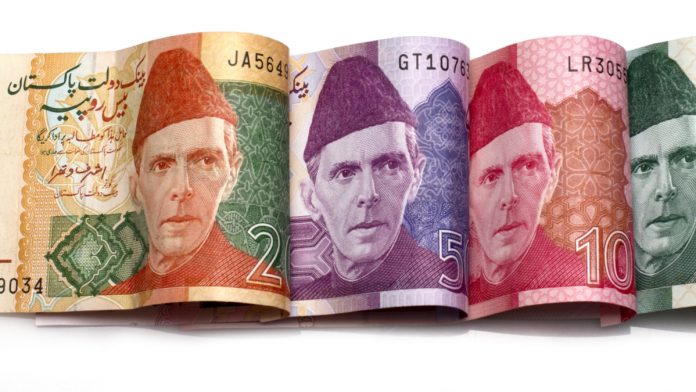- Pakistani Rupee (PKR) is under pressure as Foreign Direct Investment drops -35% mom in July
- Foreign investment flows slowed to $114.3
- US Dollar (USD) trades lower versus major peers as investors look towards central bankers annual Jackson Hole gathering
- Fed expected to ease policy possibly as soon as next month to offer additional support to US economy
The US Dollar Pakistani Rupee (USD/PKR) exchange rate is advancing at the start of the week. The pair lost -0.17% across the previous week, closing the session on Friday at 167.80.
At 09:30 UTC, USD/PKR trades +0.3% at 168.55. This is at the upper end of the daily traded range pf 168.15 – 168.55.
According to the State Bank of Pakistan, flows of foreign investment into the Pakistan economy slowed to an 11 month low of $114.3 million in July. Foreign Direct Investment (FDI) is down 35% compared to June which saw inflows of $174.8 million.
FDI is low as many developed counties across the globe are still recovering from the coronavirus crisis, withholding investments from developing countries such as Pakistan. The UK, which is Pakistan’s second largest foreign investor experienced a -20% economic contraction in the second quarter.
Given that FDI comes from abroad, Pakistan will need to wait for other economies to pick up before the FDI will gradually increase and offer support to the Pakistan Rupee.
The US Dollar has advanced versus the Pakistani Rupee on Monday. However, the greenback has dropped steeply versus its major peers at the start of the week.
The US economic calendar is light over the coming days. However it promises to pick up later in the week with US GDP and initial jobless claims data expected to bring some volatility.
The main focus of the week is the central bankers virtual annual meeting at Jackson Hole starting on Thursday. Here, Federal Reserve Chair Jeremy Powell is due to give a key speech. Investors will be listening closely for clues as to where the Fed is looking to take monetary policy from here.
The broad expectation is that more monetary policy easing will be necessary to support the US economic recovery.





